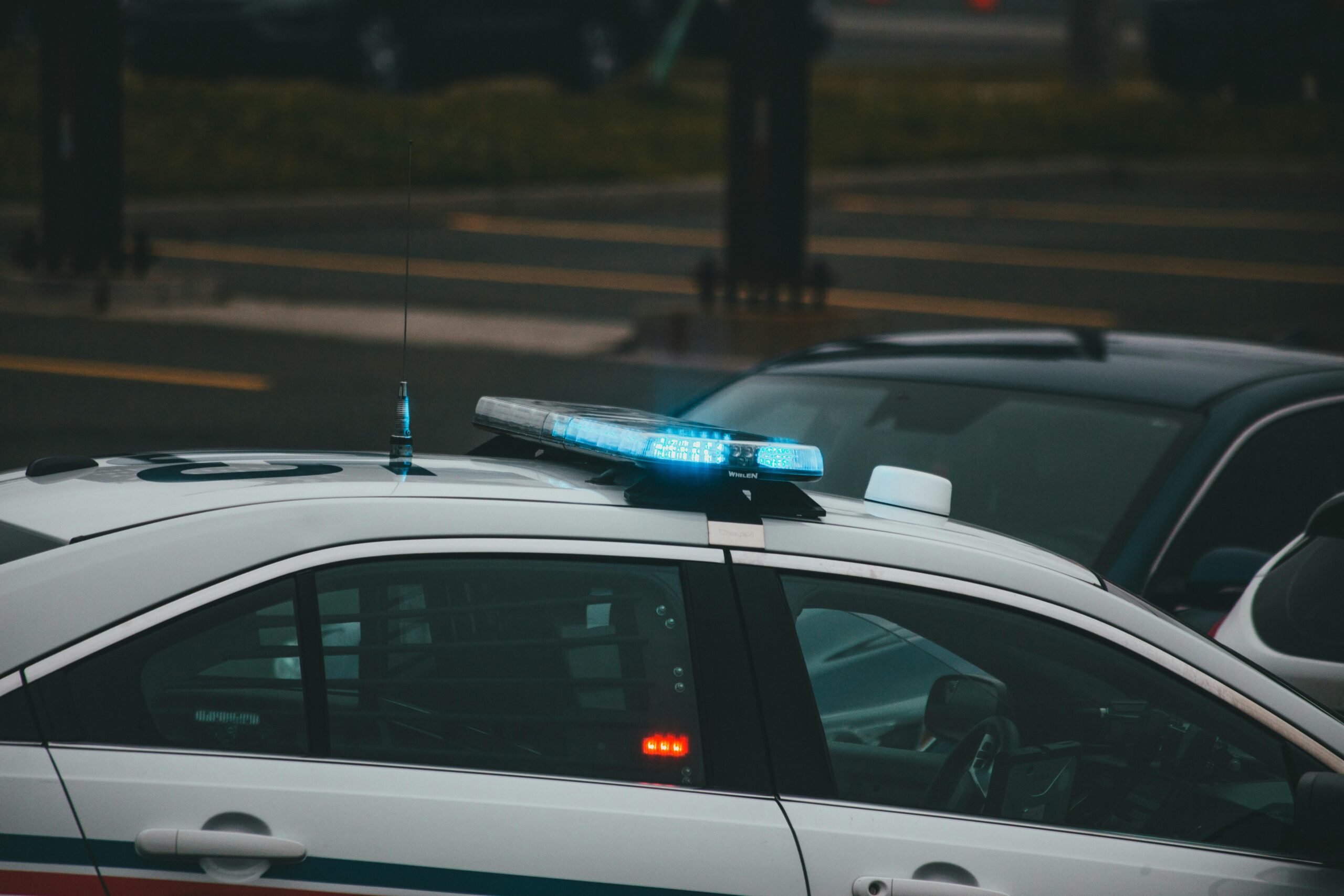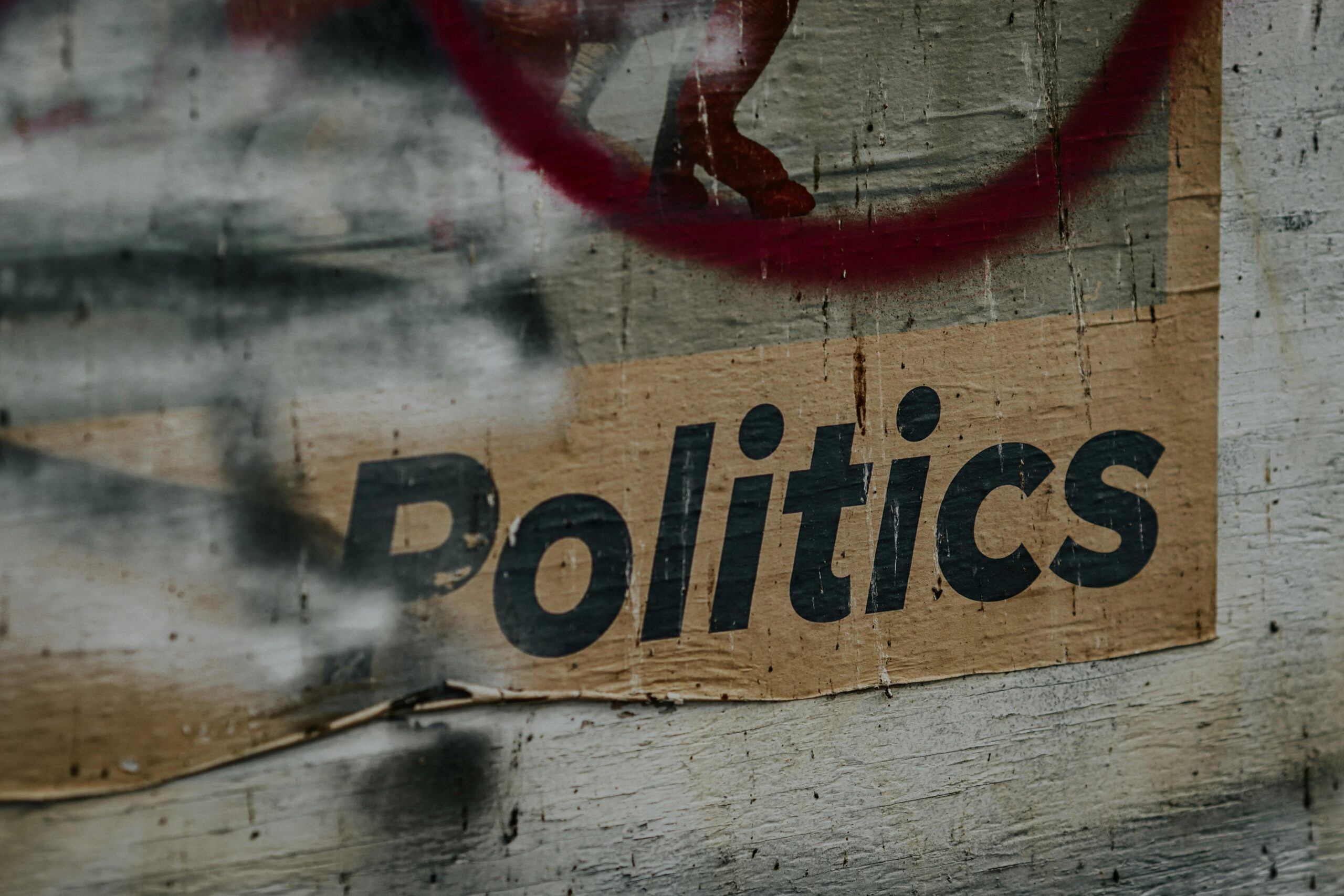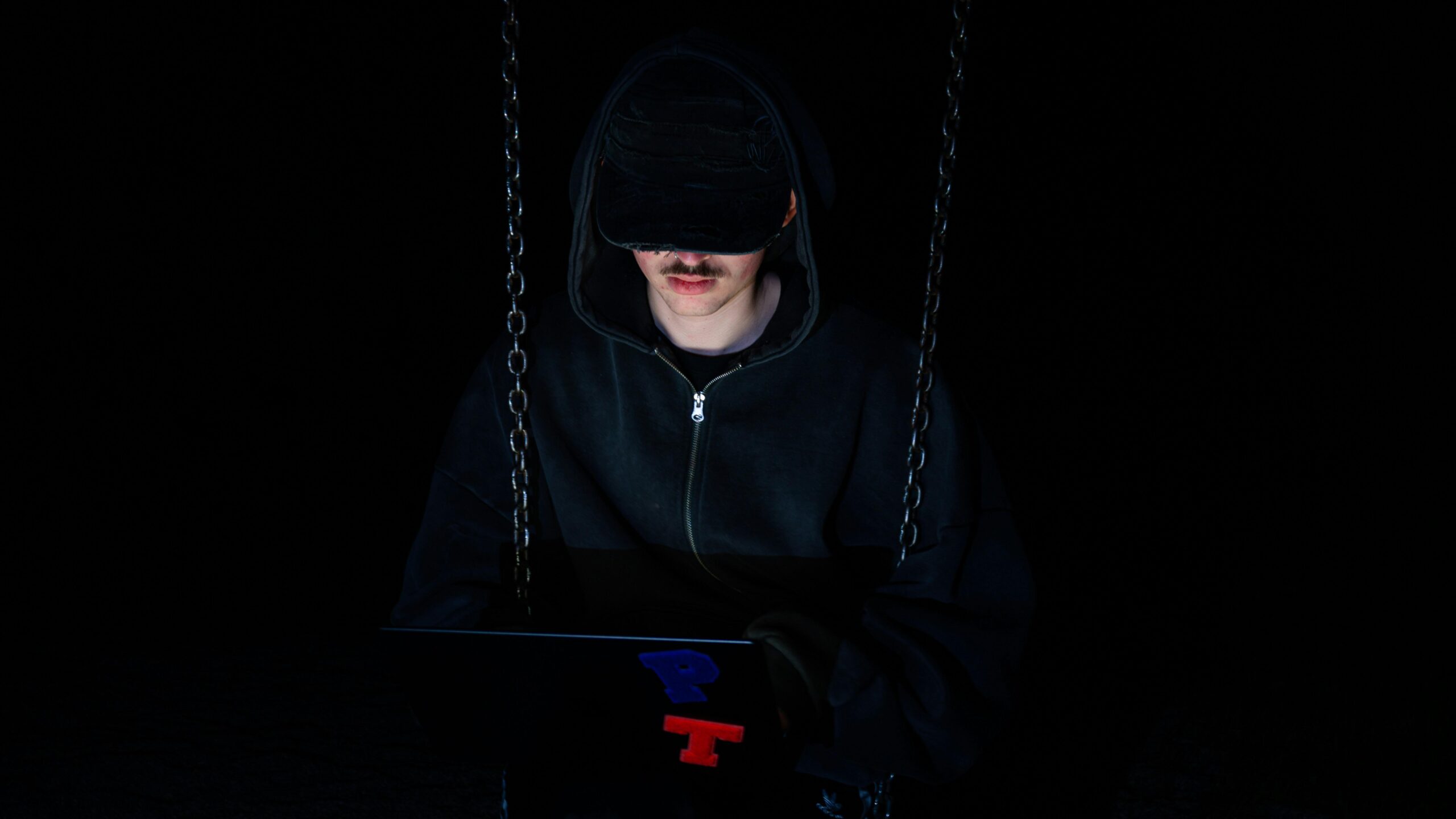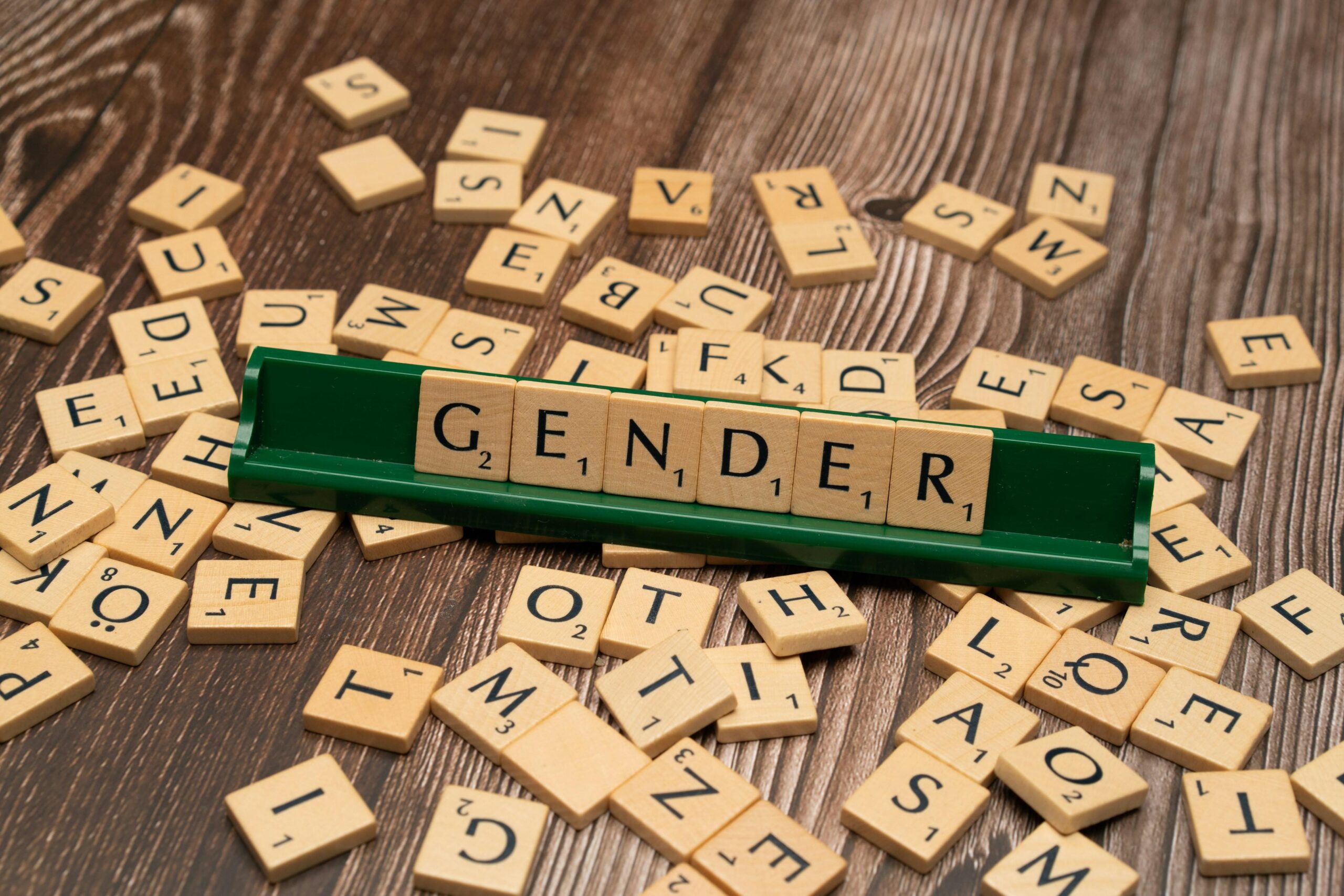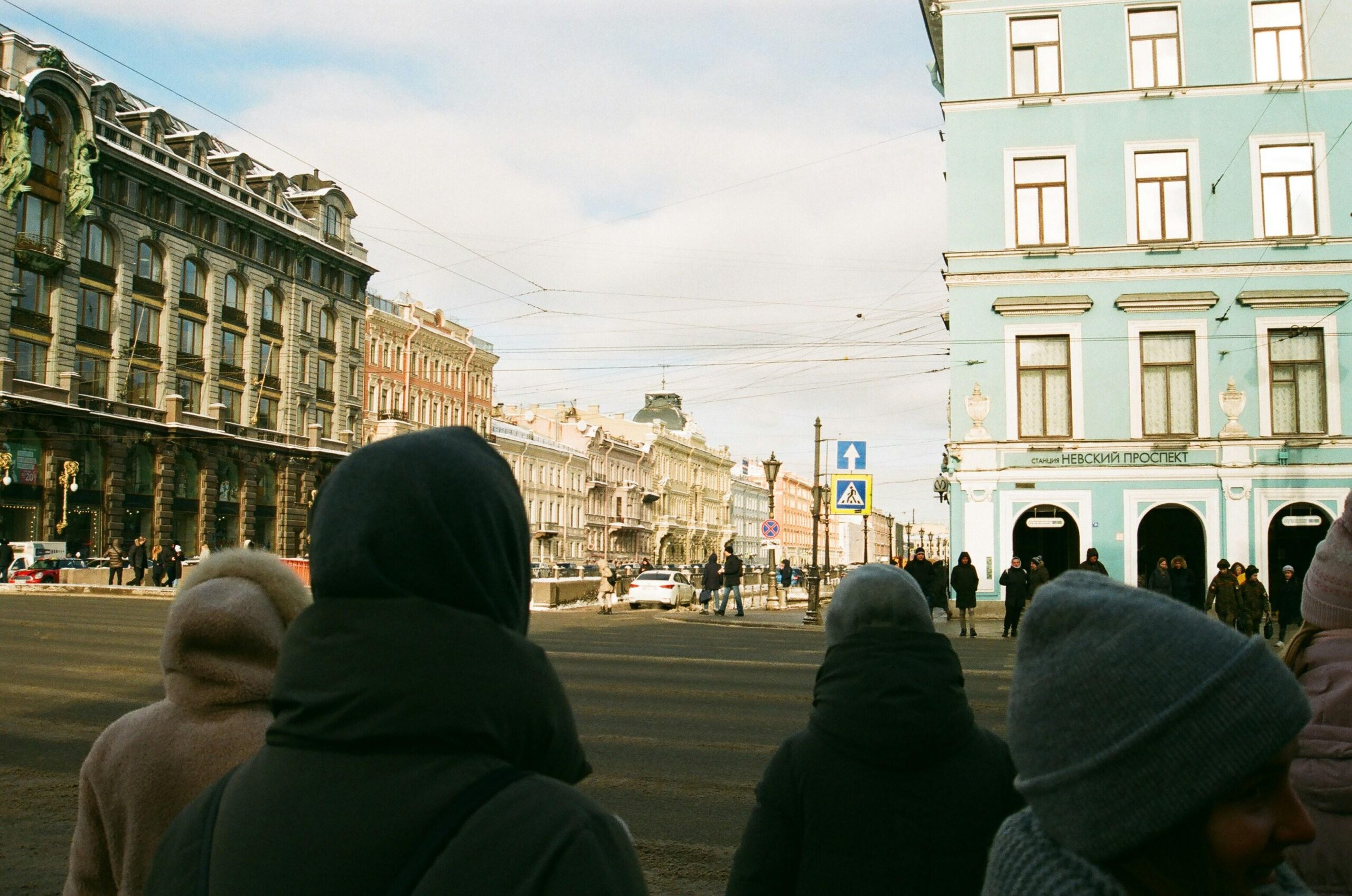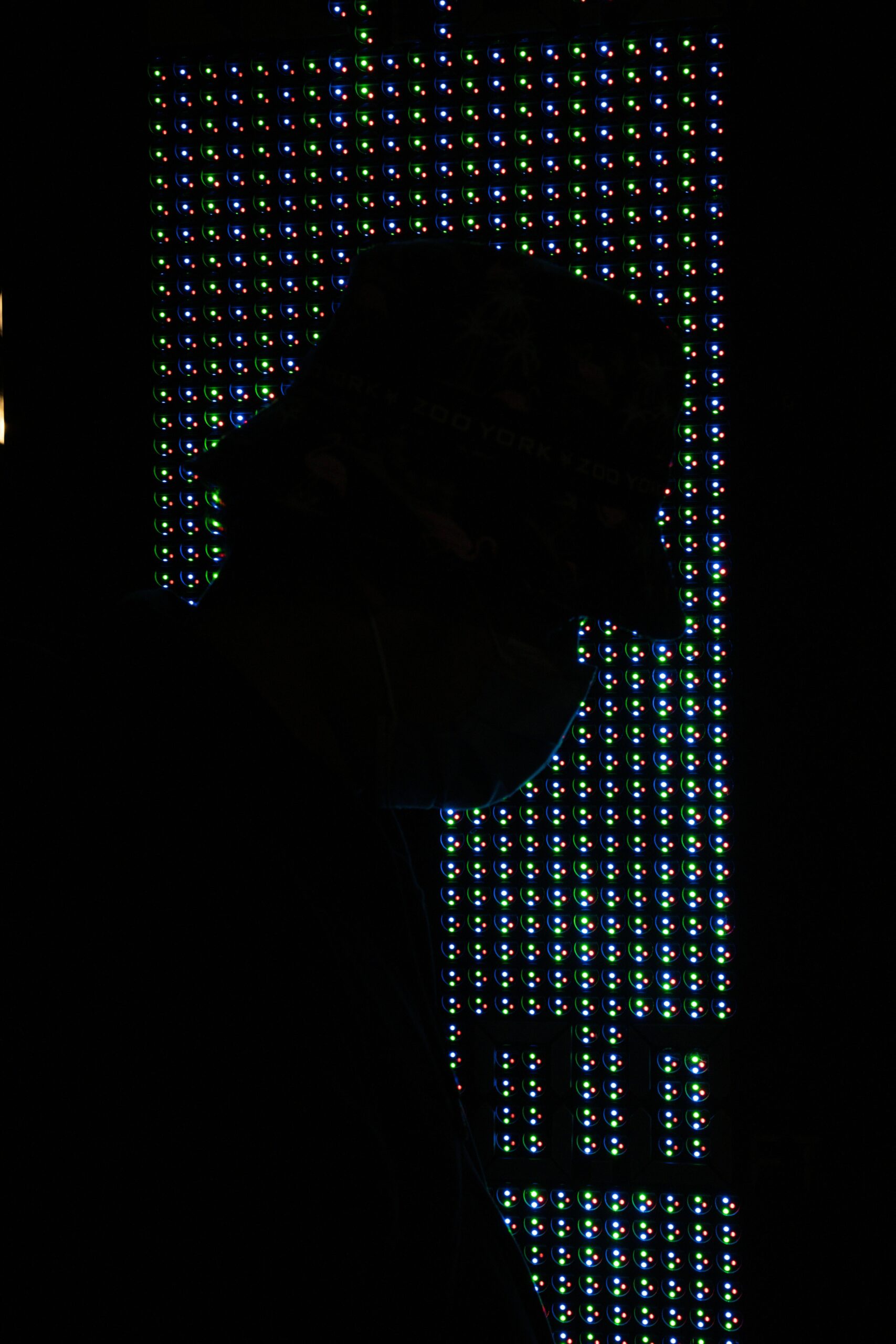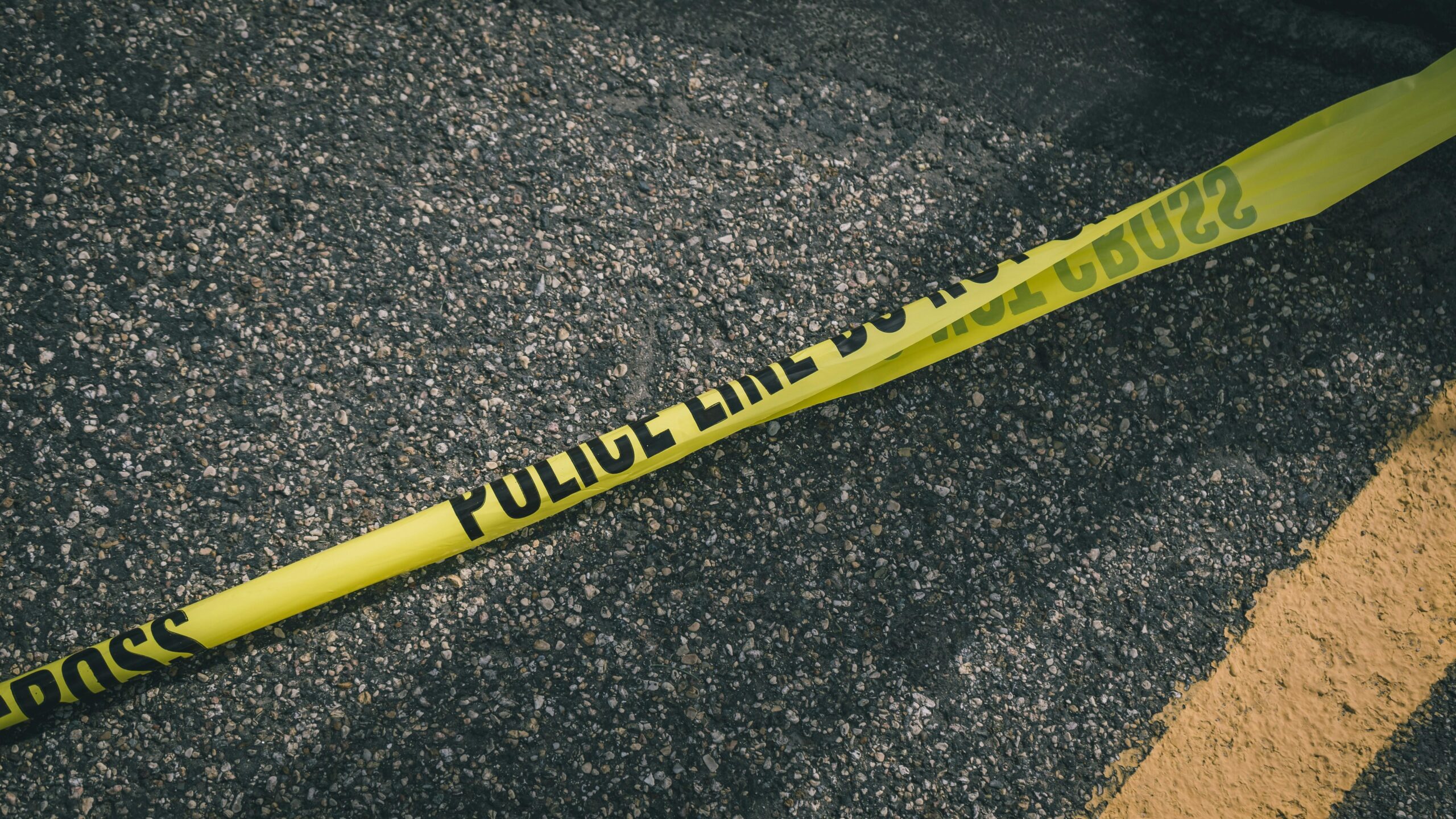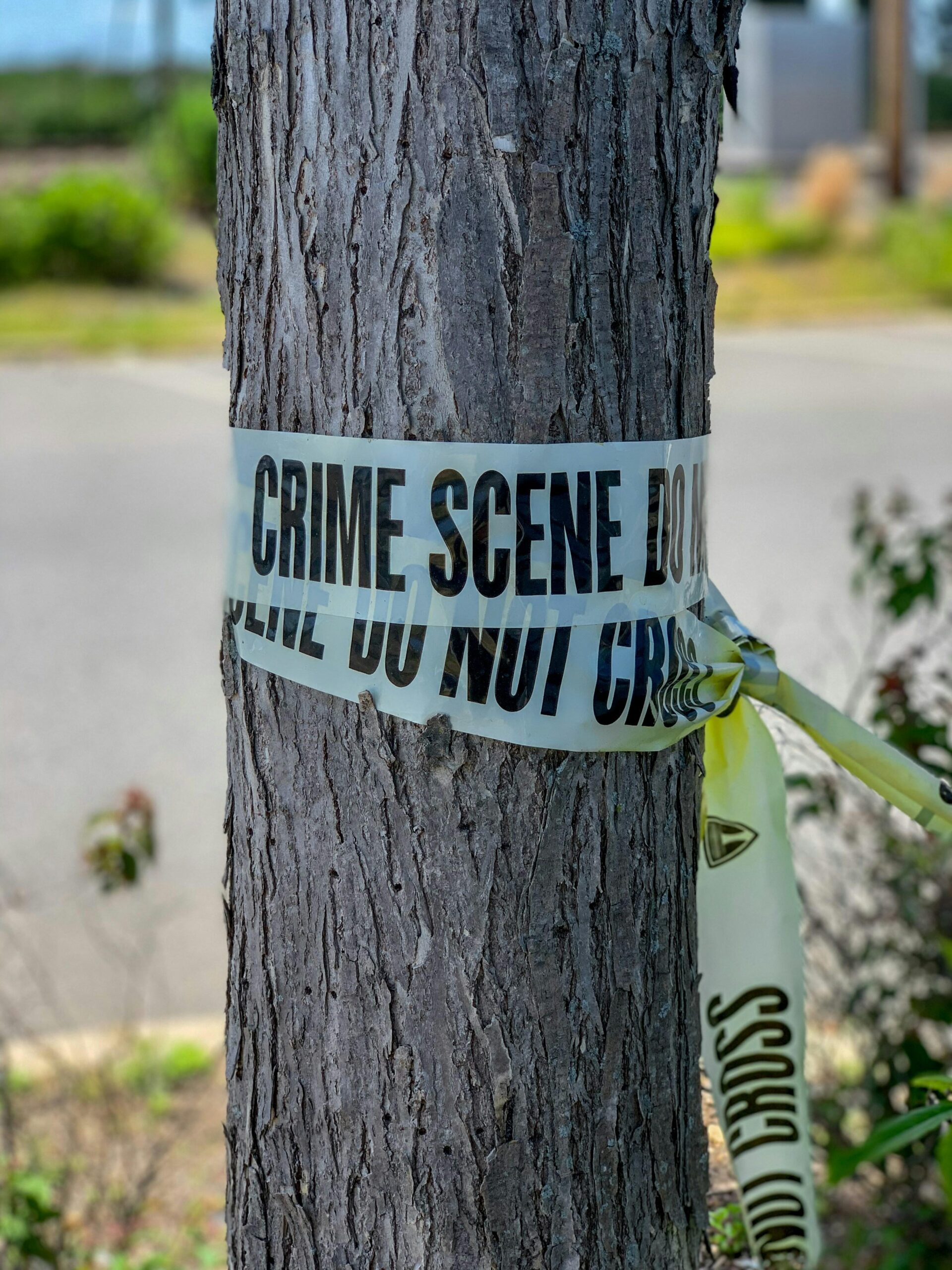In today’s interconnected world, the allure of bargain deals and brand-name products at irresistible prices can be hard to resist. But beneath the surface of these tempting offers lies a shadowy marketplace thriving on counterfeit goods — from luxury handbags to everyday electronics. Have you ever wondered just how deep the roots of counterfeit products go and what ripple effects they have on economies, consumers, and even safety worldwide? Join me as we unmask the global impact of counterfeit goods today, exploring the surprising ways these fakes shape industries, fuel illegal networks, and challenge the very notion of authenticity in our modern lives.
Table of Contents
- The Hidden Dangers Lurking Behind Counterfeit Products
- How Fake Goods Are Reshaping Global Economies and Consumer Trust
- Spotting the Fakes The Art of Identifying Counterfeit Items Before You Buy
- Smart Strategies for Protecting Yourself and Supporting Authentic Brands
- Closing Remarks
The Hidden Dangers Lurking Behind Counterfeit Products
Behind the allure of bargain prices and trendy brands, counterfeit products harbor risks that far surpass mere economic loss. Many unsuspecting consumers fail to realize that these fake goods often bypass stringent safety regulations, posing serious health hazards. From cosmetics infused with harmful chemicals to electronics prone to malfunction or fire, the dangers are both immediate and insidious. Beyond physical threats, counterfeit merchandise erodes trust in legitimate markets, undermining innovation and stifling job creation worldwide.
Consider the ripple effects:
- Compromised consumer safety due to lack of quality control
- Funding of illicit activities including organized crime
- Damage to reputable brands and loss of intellectual property
- Economic strain on governments struggling to enforce regulations
Every counterfeit item bought contributes to a hidden ecosystem of deceit and danger operating just beneath the surface of everyday life. Peeling back this veneer reveals not only the breadth of the problem but also the urgent need for heightened awareness and proactive measures.
How Fake Goods Are Reshaping Global Economies and Consumer Trust
The proliferation of counterfeit goods has become a silent engine transforming economies across the globe. More than just a shadow market, the surge isn’t merely about lost revenue—it’s about an entire ecosystem tilting under the weight of fake products. Emerging industries suffer as real innovations are overshadowed, forcing brands to spend billions annually on anti-counterfeiting measures. Meanwhile, the tax revenues that could have supported public services dry up, leaving governments scrambling to plug widening gaps in budgets. What’s more, the indirect impact on employment is staggering; as brands face declining sales, the ripple effect trickles down to workers, suppliers, and local businesses dependent on authentic trade.
Consumer trust—the bedrock of brand loyalty—is eroding at an unnerving pace as counterfeit goods infiltrate online platforms and storefronts alike. Shoppers find themselves ensnared in a web of uncertainty, questioning whether the shiny handbag or the latest gadget in their hands is genuine or a cleverly disguised fake. This erosion sparks broader consequences:
- Skepticism towards heritage brands, diminishing their once unshakable prestige.
- Heightened vigilance that slows purchasing decisions and dampens market enthusiasm.
- Legal ambiguity for consumers unknowingly complicit in the counterfeit trade.
In this climate, both consumers and companies must navigate an unsettling landscape where appearances deceive and value is not always what it seems.
Spotting the Fakes The Art of Identifying Counterfeit Items Before You Buy
When it comes to protecting yourself from counterfeit products, knowledge is your strongest weapon. Pay close attention to the details that don’t add up: misspelled brand names, uneven logos, and poor-quality materials often betray a fake. Authentic items usually come with a precise weight, consistent texture, and a flawless finish, whereas their counterfeit counterparts might feel lighter, rougher, or oddly durable. Another clever trick is scanning QR codes or serial numbers through official brand websites or apps, which can instantly confirm an item’s authenticity or raise red flags.
Becoming a savvy shopper means sharpening your senses beyond the surface. Look for unusual packaging, off-color printing, or suspiciously low prices that seem too good to be true. Trusted retailers often offer guarantees or certifications that fakes cannot replicate. When shopping online, check customer reviews and seller feedback rigorously—counterfeiters often have a pattern of negative reviews or inconsistent product images. In essence, cultivating a combination of careful observation and digital verification tools equips you with the art of spotting counterfeits—before they can fool you.
- Inspect product tags and labels for consistency and correct information
- Verify serial numbers or holograms through official channels
- Trust your instincts if the price or quality feels off
- Educate yourself on brand-specific features that are hard to replicate
- Use technology like apps to scan and validate products
Smart Strategies for Protecting Yourself and Supporting Authentic Brands
Spotting a counterfeit product might seem daunting, especially as counterfeiters employ increasingly sophisticated techniques. However, becoming an informed consumer is your first line of defense. Always examine product packaging carefully—authentic items tend to have high-quality materials, consistent font styles, and clean printing. Checking for subtle signs like misspelled words, uneven stitching, or suspiciously low prices can save you from falling into the trap. Additionally, purchasing directly from official brand stores or verified retailers significantly reduces the risk of buying fake goods.
Supporting authentic brands goes beyond just safeguarding yourself; it fuels innovation, fair labor practices, and sustainability. When in doubt, utilize tools such as QR code verifications or brand authentication apps, and don’t hesitate to reach out to manufacturers for confirmation. Remember, your deliberate choices foster an ecosystem where genuine brands thrive, empowering ethical production and protecting communities worldwide. Here’s a quick checklist to keep in mind:
- Research the brand’s authorized sellers
- Verify product serial numbers or authenticity certificates
- Be cautious with deals that seem “too good to be true”
- Use branded apps or official websites to authenticate products
Closing Remarks
As we peel back the layers of the counterfeit goods epidemic, it’s clear that this shadowy market isn’t just about fake labels or cheap knockoffs—it’s a complex web affecting economies, health, and societies worldwide. The more we understand the scale and subtleties of this issue, the better equipped we’ll be to tackle it head-on. So next time you’re tempted by a bargain that seems just a little too good to be true, remember: the impact of counterfeit goods goes far beyond the price tag. Staying curious and informed might just be our best defense in unmasking and ultimately curbing this global challenge.



